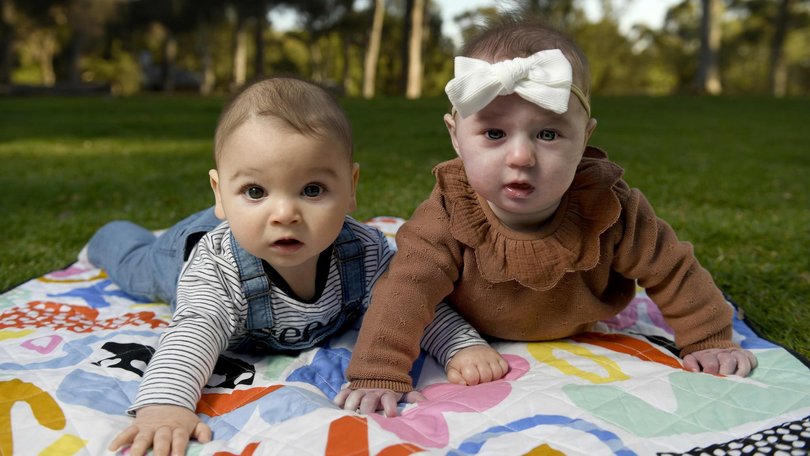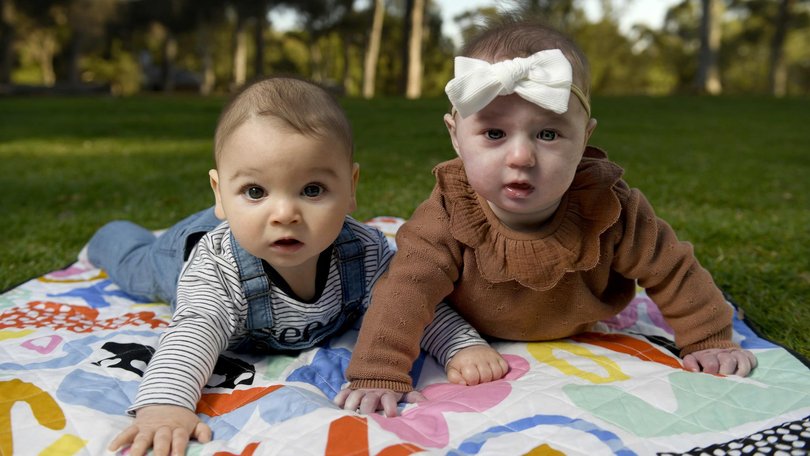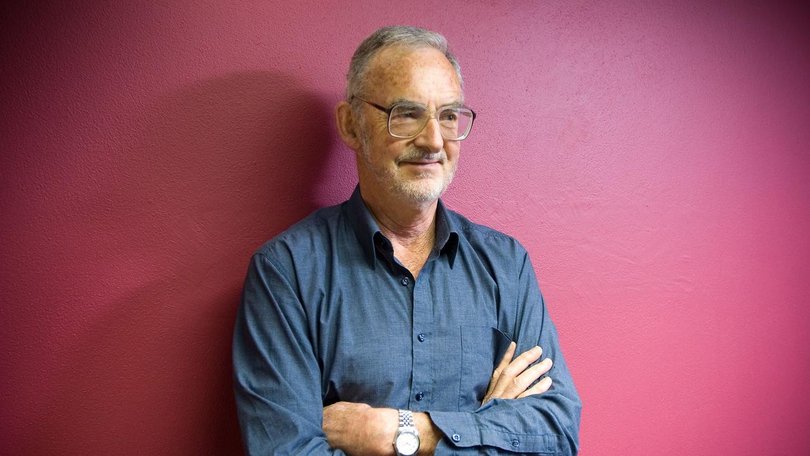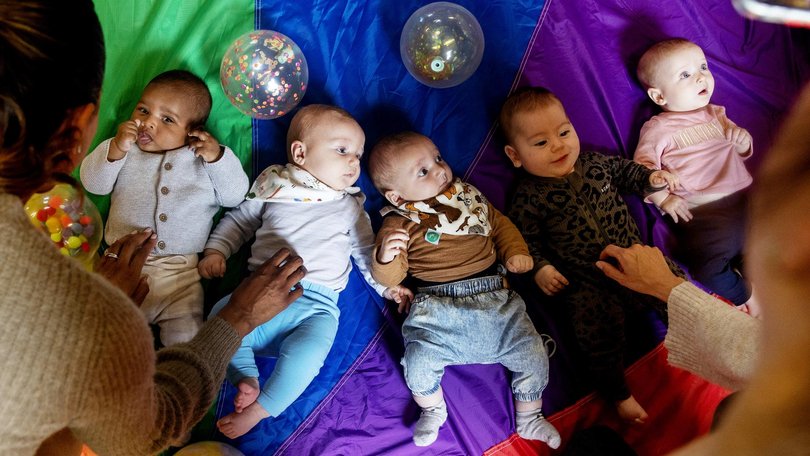‘In danger’: Australians not having enough babies to replace its population, new research reveals

Australia’s fertility rate has fallen to record lows, with new research showing parents are having fewer children than needed to sustain the population.
The e61 Institute found the fertility rate has fallen since the 1960s to a record low of 1.5 births per woman - far lower than a rate of 2.1 required to replace the population.
Census data from 2006 to 2021 shows about two thirds of this decline was due to mothers having less children.
Sign up to The Nightly's newsletters.
Get the first look at the digital newspaper, curated daily stories and breaking headlines delivered to your inbox.
By continuing you agree to our Terms and Privacy Policy.One third were not having children at all.

e61 Institute research manager Pelin Akyol said the number of women not having children was increasing, but it was not the main driver of the declining fertility rate.
“Our research finds the main cause of the declining fertility rate is parents having fewer children, leading to smaller family sizes,” she said.
The research found the percentage of women aged 50-54 without children increased from 13 per cent to 16 per cent in the 15 years to 2021, but the average number of children for mothers in that age group dropped from 2.53 to 2.39.
The research also found that women and men were having children later in life and more likely to wait until their early 30s.

The institute found the cost of raising children, career goals, and the availability and affordability of quality child care were concerning factors for parents deciding to have children, particularly young women.
Dr Akyol said there are several lessons for policymakers seeking to respond to Australia’s record-low fertility.
“There is no silver bullet solution to Australia’s record-low fertility,” she said.
“Financial incentives can be effective but cannot fully counter broader demographic trends. In fact, there are no simple solutions.
“Policies that support fertility while maintaining or enhancing workforce participation will become increasingly critical.”

The Australian Population Research Institute president Dr Bob Birrell said the country was in “danger” due to the low fertility level.
“This very low fertility level indicates that we have not succeeded in Australia in creating the conditions, as with the availability of housing, which would prompt couples to have children,” he said.
“They are very unlikely to do so if they can’t get family friendly housing to live in to bring up young children.
“For most young people entering the housing market now, the likelihood of being able to access family friendly housing is very
limited.”

Dr Birrell said the government’s migration program has resulted in about 1.2 million people relocating to Australia over the past three years, but this has raised concerns for many voters.
“The nation’s ability to reproduce itself is seen as a very important element of our national identity, having to rely on migration is seen as a serious failure,” he said.
“The government claims that it has a solution inside with its supply policies. I, like many people, don’t think these are good.
“Low fertility is noted in government circles, but there’s no serious attempt to come to grips with it and come up with policies which might drive the situation.”
